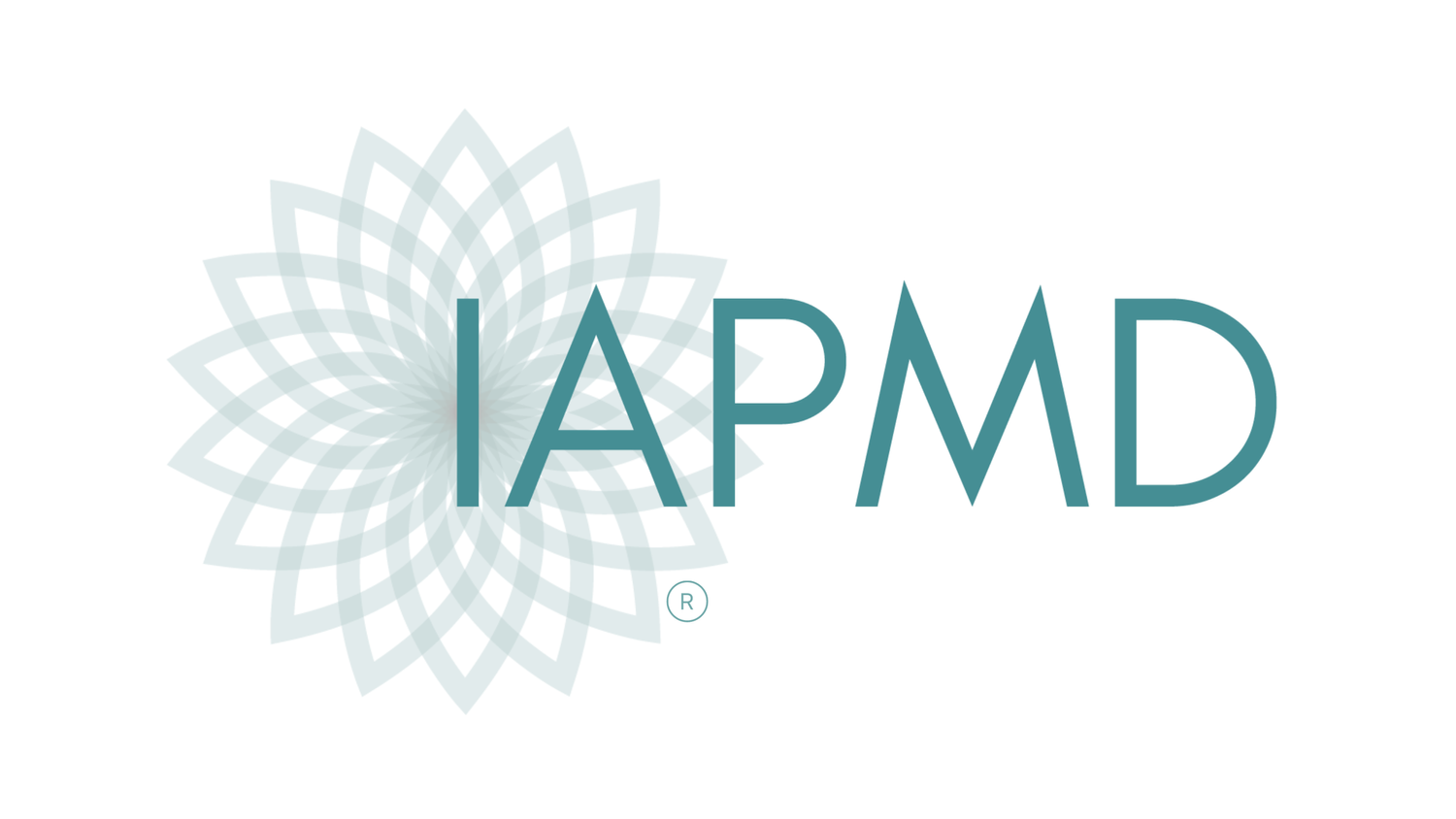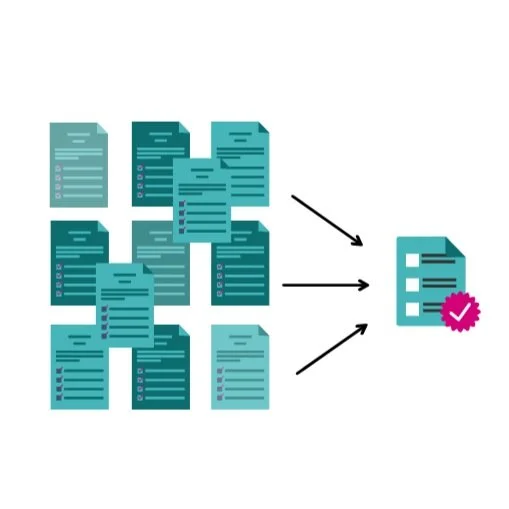Treatment Options - New and updated!
There is no single option that works for all of those living with PMDD. Information in this section is described in more detail in our new e-book “PMDD Treatment Options: A Patient’s Guide to Evidence-Based Treatment for Premenstrual Dysphoric Disorder”.
Getting professional help for PMDD and PME can be challenging with most patients having to navigate and stay informed about their own treatment choices. We hope with the information included below and in the e-book, you are equipped with the information you would need to confidently navigate your care and use evidence-based information to determine the best course of treatment for you!
It is recommended that you consult a qualified medical specialist for individual advice. The information provided below is aimed to be a guide and should not be used as an alternative to seeking specialist medical advice, which should be sought before any action is taken. Many people find it is the combination of several treatment options that help the most. Some treatments may lessen symptoms or improve them greatly while others may have no effect or worsen symptoms over time. Always consult with your medical team before stopping or starting any medications or treatments.
There are several options for treatment that are currently prescribed to manage symptoms of PMDD. Some have been proven to be effective and others have not. We have grouped the treatments options into broad sections to summarize which treatments have the best evidence for effectiveness and safety. The following options have been evaluated for PMDD by our clinical advisory board. Patient perspectives were also considered to ensure that treatment choices answer questions of those living with PMDD.
Self Care Skills for PMDD
Important for everyone in terms of supporting overall health and may especially help with mild-to-moderate premenstrual symptoms.
Lifestyle changes
Diet & Nutrition
Treatments with strong evidence for effectiveness and safety
These medications/treatments have been through quality randomized controlled trials (or RCTs, which means they were compared to inactive pills) and have been shown to benefit a significant number of patients with PMDD. However, strong evidence does not mean it will work for every individual, and some of you will need to try other treatments that may not have such strong evidence.
SSRIs (Selective Serotonin Reuptake Inhibitors)
SNRIs (Selective Norepinephrine Reuptake Inhibitors)
Drospirenone-containing oral contraceptive on an extended-cycle regimen
Chemical Menopause (Ovulation Suppression with GnRH Agonist)
Surgery (last line)
Treatments with promising evidence for effectiveness and safety
These are medications/treatments that have been shown to work for some PMDD symptoms or in a single RCT. They have potential to be a successful treatment. More research is needed, however in the meantime, they may be a reasonable next step if first-line treatments with strong evidence do not work.
5a-reductase inhibitors
Continuous estradiol - plus progestogen
Quetiapine in the luteal phase
Cognitive Behavioral Therapy (CBT)
Dialectical Behavioral Therapy (DBT)
Vitex Agnus-Castus (Chasteberry)
Treatments with Limited Evidence for effectiveness and safety
These are medications/treatments that have had negative or mixed results (that is, they did not work consistently better than an inactive pill) OR have not been studied for PMDD. This does not mean they will not work for some PMDD individuals, but they cannot be recommended as first-line treatments at this time.
Supplements
Micronized Progesterone only
Progestin-only medications that suppress ovulation
Progesterone containing intrauterine devices (IUDs) that do not suppress ovulation
Benzodiazepines
Danazol
Copper Coil IUD
Lithium
Tricyclic Antidepressants
Short-cycle Oral Contraceptives (21-7)
Treatments that are under investigation/not available
Isopregnanalone (Sepranolone)
Ulipristal acetate
What does ‘evidence-based’ mean?
Evidence-based practice is the deliberate use of current best evidence (research) in making decisions about patient care. Often, the “best evidence” is determined by an expert reviewing and comparing all of the treatment studies for a particular disorder, and determining which ones are best supported by all the scientific work (usually evidence-based practice isn’t based on just one study, as those can be unreliable).
IAPMD is committed to sharing evidence-based information to provide patients with unbiased information so they can make informed decisions for the best outcomes.
Evidence-based practice involves the incorporation of three components to improve outcomes and quality of life:
1. Systematic Reviews
A systematic review is a type of scientific paper that summarizes all of the scientific studies that have been done on a given topic. When writing a systematic review, the scientist first uses a specific set of search terms to comb through a scientific search engine (e.g., Google Scholar). Next, they read all of the papers and organize them into a coherent story about what we know about that particular topic: for example, what are the emerging trends among the different studies? Does there seem to be a consensus among independent studies? When writing the summary, they will often comment on the quality of various studies and make observations about which studies might be most reliable. Ultimately, the summary provides a quick way for other scientists and health care professionals to understand a whole area of research quickly— without having to read each paper themselves.
2. Randomized Controlled Trials (RCTs)
In terms of treatment research, an RCT is a trial in which the subjects (patients) are randomly assigned to one of two groups:
1) the experimental group receiving the treatment that is being tested, OR
2) a comparison group or control group, receiving an alternative or placebo (inactive) treatment.
RCTs are considered to provide the most reliable evidence on the effectiveness of treatments because the processes used during the conduct of an RCT minimize the risk of bias or confounding factors influencing the results.
3. Best practice and clinical practice guidelines that support a change in clinical practice
Best practice and clinical practice guidelines are essentially systematic reviews that are presented specifically with doctors and other health care providers in mind, to help these providers make informed decisions about what treatment to provide for a given patient. Often there is more clinical detail provided (for example, “what dose should I start with when prescribing this medication?”). In general, these guidelines consist of a review of clinical trials with recommendations for doctors about which treatments to try first, second, third, and so on. Sometimes, when few quality studies exist to guide clinical practice, these guidelines are based on consensus within the profession - what other providers found to be the best practice based on personal clinical experience.
For some health care decisions/treatments (e.g., supplements), there may not (yet) be research, and in those cases, there may not be information on evidence-based approaches.
How do we define 'quality' research?
In order to describe a PMD treatment as effective, we need to see at least one randomized controlled trial in which (1) the treatment worked better than an inactive treatment (placebo) and (2) the patients taking part were diagnosed using the correct technique, which is daily symptom ratings over at least two months.
This is because research has shown that recalling premenstrual symptoms after they occur has a high false-positive rate - about 60% identified as PMDD on retrospective measures do not have significant cyclical changes in their mood when daily ratings are inspected. Such high false-positive bias findings skew research quality.
Who wrote this information and how do I know it is unbiased?
Good question! We always advise patients to check the source of information and ensure it is high-quality and unbiased. The information included in the patient and provider treatment guides was prepared by the IAPMD Clinical Advisory Board and collated by Laura Murphy, IAPMD Education & Awareness, IC. More detailed information is outlined in our interactive e-book!
None of the expert volunteers who created this document are paid by or otherwise associated with any companies that produce the drugs mentioned in this document. In fact, all of the experts who worked on this document did so on a volunteer basis, so their only goal in creating this document was to provide patients access to the best information possible.
IAPMD is committed to routinely reviewing scientific studies in order to provide patients with unbiased, science-based information about treatments so they can make well-informed decisions that increase their chances of relief.




